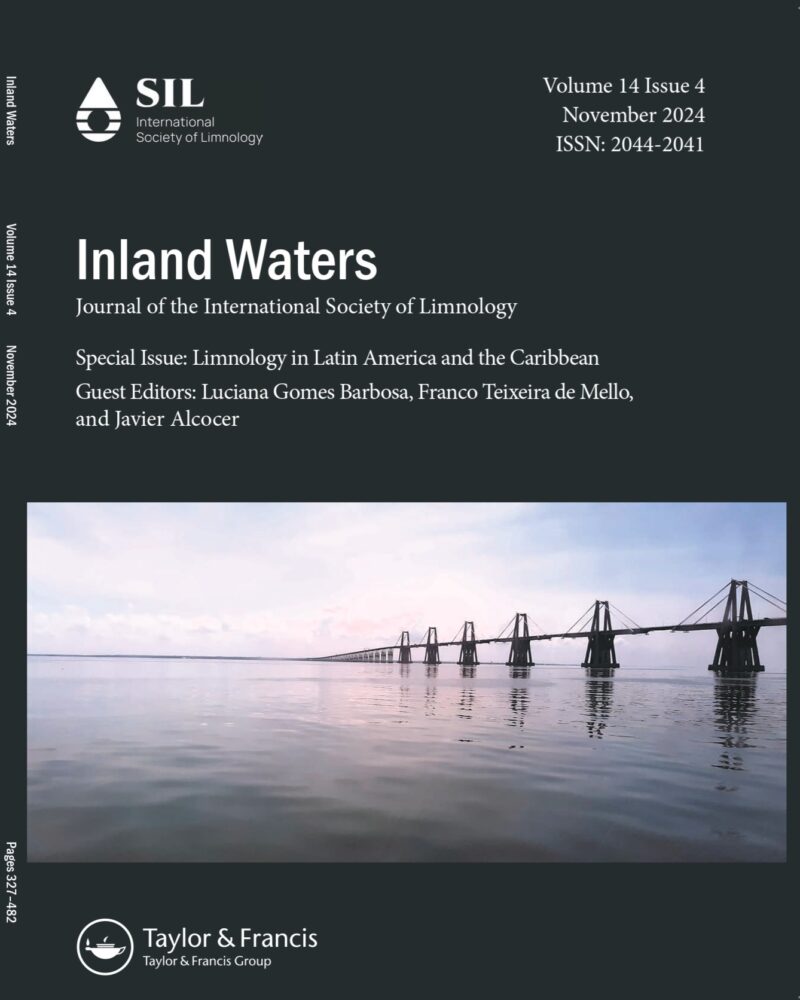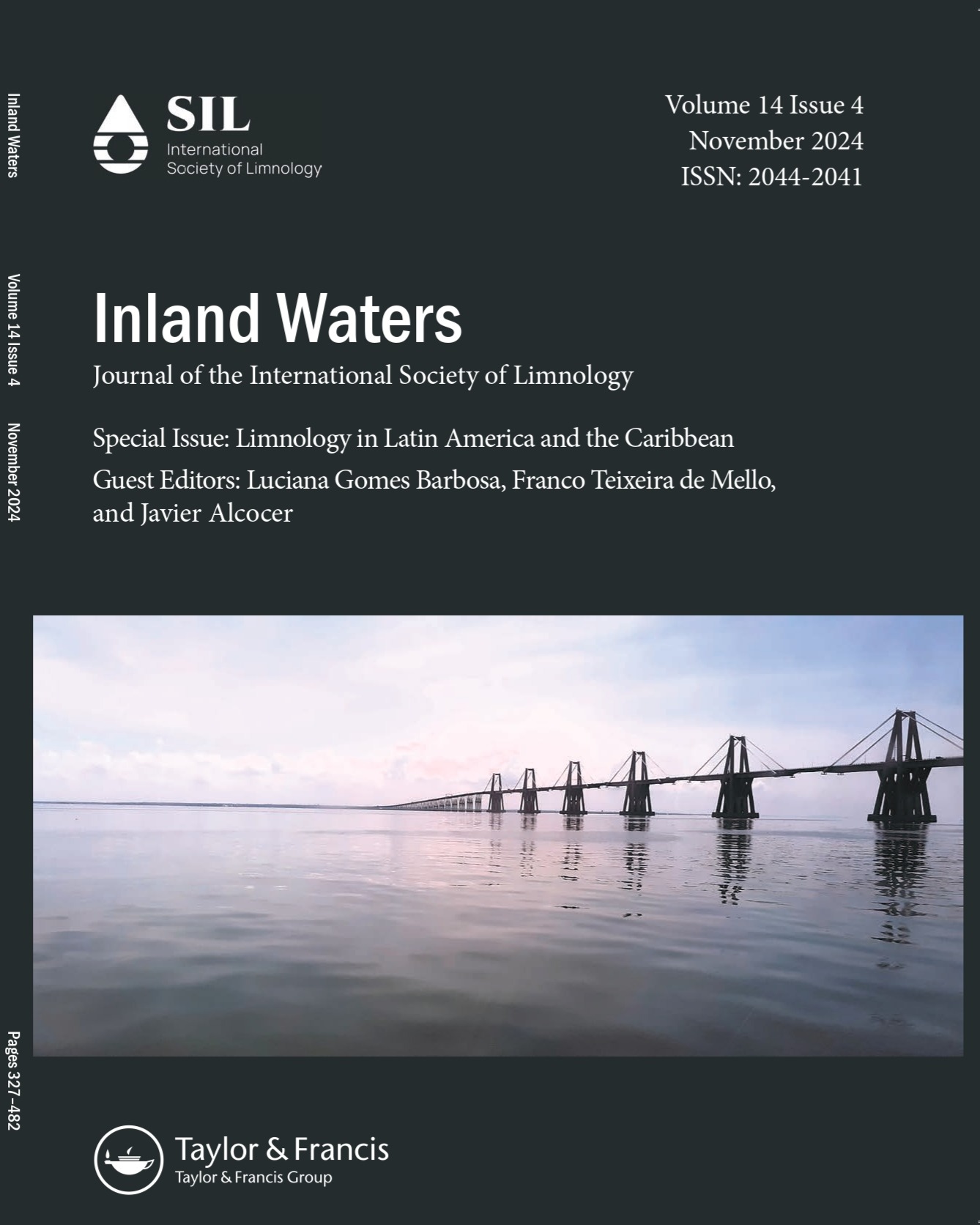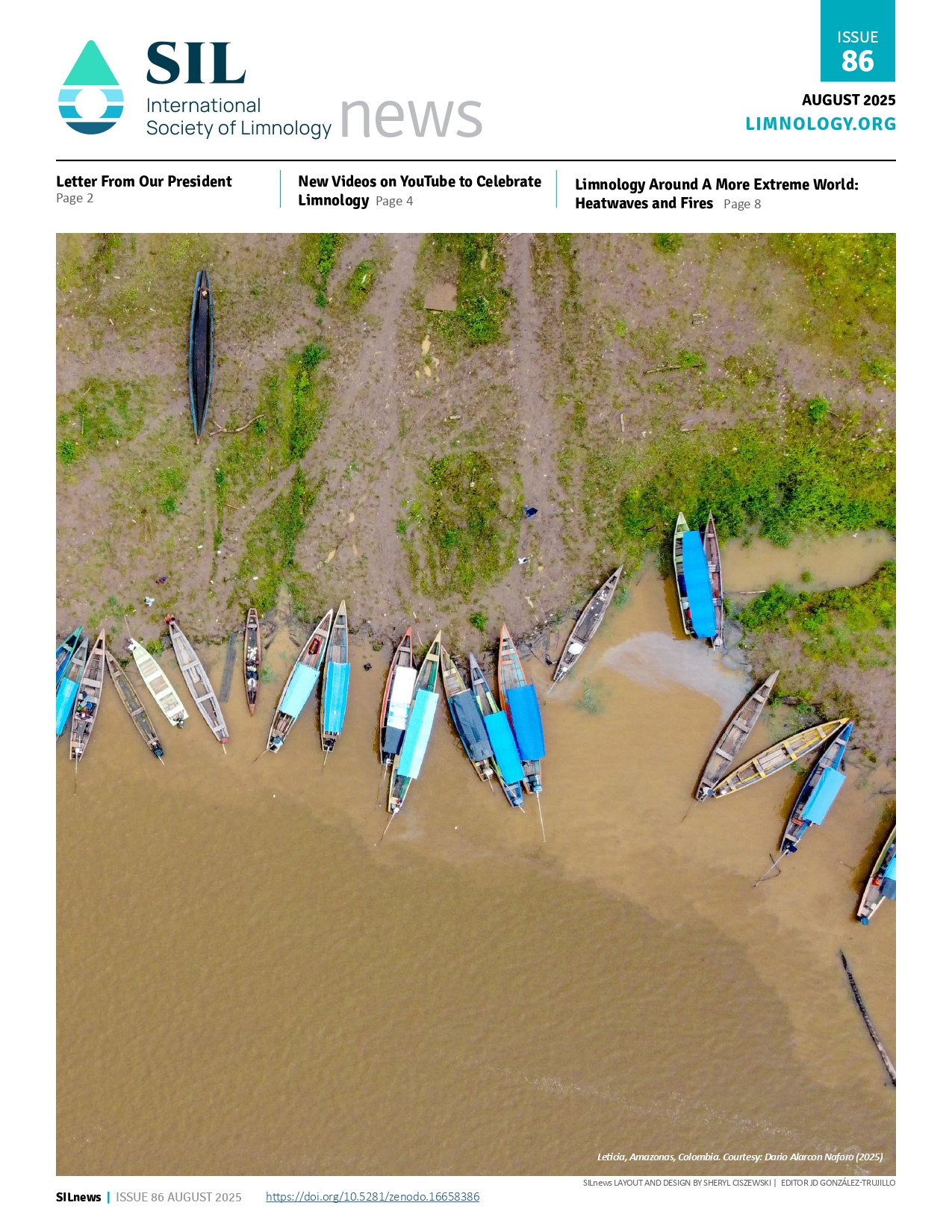Phytoplankton functional group composition along the River Loire (France) A limnological approach towards an understanding of phytoplankton longitudinal processes and ecological status indication
Andras AbonyiSeptember 2, 2015
A influência das condições de estabilidade da coluna d’água na estrutura das comunidades planctônicas (fito e zooplâncton) do reservatorio de Ribeirão das Lajes, Rj.
Pineiro- Silva, LorenaFebruary 19, 2016
Seasonal phytoplankton community patterns and affecting factors in fish-mussel systems
Beijuan Hu, Yaying Huang, Liuzheng Wu, Haiming Qin, Yijiang Hong, Haijun WangMarch 6, 2019
Transfert de méthylmercure et structure des réseaux trophiques chez les macroinvertébrés littoraux
Fabien CremonaJune 2, 2008
View document
Methylmercury in boreal freshwater food webs
Pianpian WuAugust 31, 2017
Mercury (Hg) and bioaccumulation of its organic form methylmercury (MeHg) has long been regarded as a global issue for human and wildlife health. This is of particular concern for Sweden, where forest harvests and wetlands remain hotspots of MeHg export to boreal freshwaters. The aim of the study was to better understand how environmental change impacts MeHg bioavailability and bioaccumulation with a focus on the base of the food web in Swedish freshwaters. In the thesis, I first examined the impacts of forest harvest on Hg bioaccumulation in fish. From analysis of more than a thousand fish samples from six lakes, it was clear that there was a large variation of fish Hg levels over time and between lakes. The study emphasizes the need for long-term studies to assess the influences on Hg levels in biota. Beaver ponds were also studied to understand the processes influencing MeHg concentrations in water. Increased MeHg production in the sediment was stimulated shortly after flooding by new beaver dams, and that stimulation was related to the quality of the organic carbon. To explore the basis for large discrepancies between aqueous MeHg exposure and the ultimate degree of MeHg bioaccumulation in different aquatic ecosystems, a literature review was conducted on MeHg bioaccumulation from water into the base of the food web. The bioconcentration factor for MeHg, that is the ratio of MeHg concentrations in water and seston or zooplankton, was found to be critical for subsequent MeHg bioaccumulation. To better identify linkages between MeHg uptake and different nutrient sources at the base of the food web, fatty acids were used to distinguish specific diet sources in aquatic primary consumers of plankton and macroinvertebrates. Correlation of Hg bioaccumulation with specific fatty acids confirmed that Hg content increased simultaneously with the retention of polyunsaturated fatty acids in primary consumers. These findings contribute to a better focus on the role of the base of aquatic food webs in transferring MeHg upwards along trophic cascades, as well as landscape influences on elevated MeHg bioaccumulation. Further advances in understanding how the structures at the base of aquatic food webs function with respect to mercury cycling are needed to better predict how changes in the landscape, climate and water chemistry will alter Hg bioaccumulation in fish.
Productivity and nutrient retention of lakes on seasonal, interannual and morphometric scales
Alo LaasOctober 1, 2012
The strongly lake-type-specific balance between primary production and respiration determines whether a lake acts regionally as a net sink or source of CO2. In the global change context even small changes in photosynthesis and respiration rates and/or in the loadings of organic matter or nutrients (e.g. phosphorus) may change the metabolic type of the lake and turn it from autotrophic to heterotrophic system or vice versa. Present thesis summarizes for Lake Võrtsjärv: the first data on seasonal changes of the ecosystem metabolism based on high frequency measurements; the reconstruction of long term series of phytoplankton primary production by bio-optical modelling; the incoming and outgoing fluxes of carbon, nitrogen, phosphorus, and silicon; and gives an overview of phosphorus retention in Lake Võrtsjärv compared with 54 lakes and reservoirs in different climate regions around the world.




